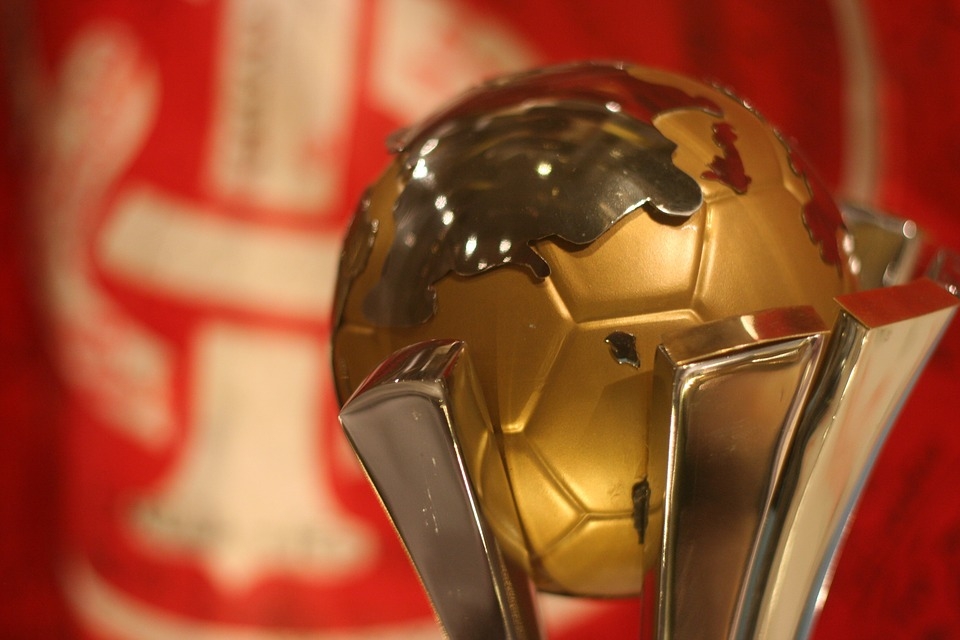
04 Mar Are Kids Sports Too Competitive?
At Amazing Athletes, we strive to help kids become exactly what our name suggests: Amazing! Active games, activities and sports have a tremendous power to facilitate physiological development in children by honing their fine motor skills, coordination and balance. But being an Amazing Athlete means so much more than that; it also teaches kids fundamental life skills like cooperation, teamwork, problem solving, confidence and healthy habits that last a lifetime.
With all of these benefits stemming from athletic activity, it is sometimes easy for parents and coaches to forget that sports can also place stress on children and teens if they are conducted in a highly competitive manner. Research shows both great benefits to youth sports, including improvement in academics, social skills, mental and emotional well-being, and more. At the same time, however, there are also growing trends of potentially harmful practices associated with overzealous parenting and highly competitive participation in youth sports. Kids are opting out of other activities in order to participate and train intensely in a single sport by joining competitive sports leagues, attending expensive sports camps, and going to private coaching lessons at increasingly younger ages — many before they even know whether or not they really enjoy the sport.
Adult organizations are also contributing to the increasing pressure kids are experiencing in athletics. In 2009, the NCAA officially recognized seventh graders as “prospects” for the league, legitimizing an already-prevalent culture of scouting middle schoolers (for example, in 2008, an 8th grader was offered a scholarship to play for Kentucky).
Why do kids drop out of sports leagues?
With so much riding on sports, it’s not surprising that by the age of 13, more than 70% of the nation’s young athletes drop out of team sports, according to Michigan State University’s Institute for the Study of Youth Sports. By the time kids hit their mid-teens, participation falls another 26% in both organized and recreational activities.
What’s the number one reason for quitting? According to another study conducted by the Women’s Sports Foundation (WSF), the most common explanation given by both girls and boys is “because I was not having fun anymore.”
This is a tragedy. Kids lose out when they quit athletics. According to the WSF study, participation in organized sports is associated with higher levels of family satisfaction, improved health (both physical and emotional), academic achievement and a higher quality of life. Sports provide an energy outlet, and create opportunities to learn life lessons in such important areas as sportsmanship, humility, cooperation, leadership and fairness.
So why do parents and coaches put greater amounts of pressure on kids in sports if it means risking burnout, drop-out, and the loss of all of the positive benefits athletics have to offer? According to John O’Sullivan, a coach, former professional soccer player, and founder of the Changing the Game Project — an organization devoted to making sports a rewarding experience for children — the answer lies in the “adultification” of youth sports.
“It’s the introduction of adult values into kids’ games,” says O’Sullivan. This phenomenon can take many forms, but it often plays out as adults competing with other adults through children. The resulting competition can create unrealistic expectations for kids and result in misconceptions about a child’s abilities.
Adultification is also present in the enormous influence American professional sports has on youth sports. According to Jim Thompson, CEO of an organization dedicated to changing the culture of youth sports called the Positive Coaching Alliance, the nation’s current, dominant sports culture “flows down from pro sports, and that’s about entertaining fans, and the only way to do that is to win.” Winning, according to Thompson, tends to influence every level of youth athletics as a result of professional sports.
How to put the fun back in kids sports
How does one combat the negative effects of the current overzealous and competitive landscape of kids’ athletics? One way is to develop and encourage participation in programs that help a child reach his or her own level of highest potential, as well as introduces them to a range of motions and activities to try out.
It is important to take the focus off of creating professional athletes. Instead, direct efforts toward developing skills and praising small milestones when those skills are achieved or improving. Trying out a wide range of motions is especially important at younger ages to prevent overuse injuries and open up a wider range of opportunities for small successes.
That’s why, at Amazing Athletes, we focus on nine different ball sports, not just a single sport. Activities at Amazing Athletes are facilitated in a non-competitive environment in order to allow each child to develop at his or her level, and the focus is on helping each child achieve his or her best, not raising a generation of professional athletes. It is because of this focus on fun and individual development that our Amazing Athletes are more likely to stay involved and active after our program, ensuring they reap all the tremendous physical, social, cognitive, and emotional benefits that comes with staying active in sports.
Parents, we need your help to change attitudes that focus on winning at the expense of fun and individual development!




Sorry, the comment form is closed at this time.